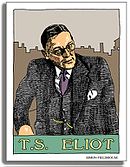
Aristophanes was an Ancient Greek comic playwright from Athens and a poet of Old Attic Comedy. He wrote in total forty plays, of which eleven survive virtually complete today. These provide the most valuable examples of a genre of comic drama known as Old Comedy and are used to define it, along with fragments from dozens of lost plays by Aristophanes and his contemporaries.

Thomas Stearns Eliot was a poet, essayist and playwright. He was a leading figure in English-language Modernist poetry where he reinvigorated the art through the use of language, writing style, and verse structure. He is also noted for his critical essays, which often re-evaluated long-held cultural beliefs.
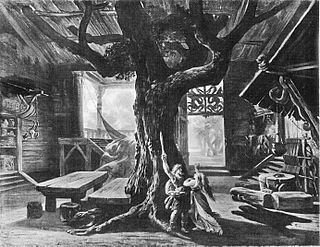
Die Walküre, WWV 86B, is the second of the four epic music dramas that constitute Richard Wagner's Der Ring des Nibelungen. It was performed, as a single opera, at the National Theatre Munich on 26 June 1870, and received its first performance as part of the Ring cycle at the Bayreuth Festspielhaus on 14 August 1876.
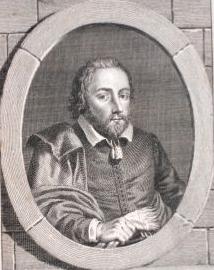
Philip Massinger was an English dramatist. His finely plotted plays, including A New Way to Pay Old Debts, The City Madam, and The Roman Actor, are noted for their satire and realism, and their political and social themes.

"The Love Song of J. Alfred Prufrock" is the first professionally published poem by American-born British poet T. S. Eliot (1888–1965). The poem relates the varying thoughts of its title character in a stream of consciousness. Eliot began writing the poem in February 1910, and it was first published in the June 1915 issue of Poetry: A Magazine of Verse at the instigation of fellow American expatriate Ezra Pound. It was later printed as part of a twelve-poem chapbook entitled Prufrock and Other Observations in 1917. At the time of its publication, the poem was considered outlandish, but the poem is now seen as heralding a paradigmatic shift in poetry from late 19th-century Romanticism and Georgian lyrics to Modernism.

The Frogs is a comedy written by the Ancient Greek playwright Aristophanes. It was performed at the Lenaia, one of the Festivals of Dionysus in Athens, in 405 BC and received first place.
"Gerontion" is a poem by T. S. Eliot that was first published in 1920 in Ara Vos Prec and Poems. The title is Greek for "little old man," and the poem is an interior monologue relating the opinions and impressions of an elderly man, which describes Europe after World War I through the eyes of a man who has lived most of his life in the 19th century. Two years after it was published, Eliot considered including the poem as a preface to The Waste Land, but was talked out of this by Ezra Pound. Along with "The Love Song of J. Alfred Prufrock" and The Waste Land, and other works published by Eliot in the early part of his career, '"Gerontion" discusses themes of religion, sexuality, and other general topics of modernist poetry.
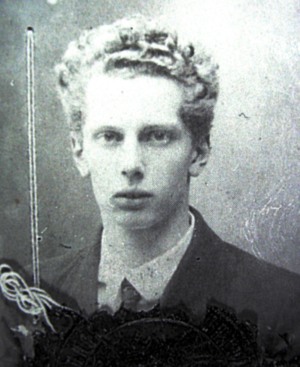
Boris Blacher was a German composer and librettist.

Albert Lee Tucker was an Australian artist and member of the Heide Circle, a group of modernist artists and writers associated with Heide, the Melbourne home of art patrons John and Sunday Reed. Along with Heide Circle members such as Sidney Nolan and Arthur Boyd, Tucker became associated with the Angry Penguins art movement, named after a publication founded by poet Max Harris and published by the Reeds.
Modernist literature originated in the late 19th and early 20th centuries, and is characterised by a self-conscious separation from traditional ways of writing in both poetry and prose fiction writing. Modernism experimented with literary form and expression, as exemplified by Ezra Pound's maxim to "Make it new". This literary movement was driven by a conscious desire to overturn traditional modes of representation and express the new sensibilities of the time. The immense human costs of the First World War saw the prevailing assumptions about society reassessed, and much modernist writing engages with the technological advances and societal changes of modernity moving into the 20th century. In Modernist Literature, Mary Ann Gillies notes that these literary themes share the "centrality of a conscious break with the past", one that "emerges as a complex response across continents and disciplines to a changing world".

"The Hollow Men" (1925) is a poem by the modernist writer T. S. Eliot. Like much of his work, its themes are overlapping and fragmentary, concerned with post–World War I Europe under the Treaty of Versailles, hopelessness, religious conversion, redemption and, some critics argue, his failing marriage with Vivienne Haigh-Wood Eliot. It was published two years before Eliot converted to Anglicanism.
"Tradition and the Individual Talent" (1919) is an essay written by poet and literary critic T. S. Eliot. The essay was first published in The Egoist (1919) and later in Eliot's first book of criticism, The Sacred Wood (1920). The essay is also available in Eliot's "Selected Prose" and "Selected Essays".
The Family Reunion is a play by T. S. Eliot. Written mostly in blank verse, it incorporates elements from Greek drama and mid-twentieth-century detective plays to portray the hero's journey from guilt to redemption. The play was unsuccessful when first presented in 1939, and was later regarded as unsatisfactory by its author, but has been successfully revived since the 1940s. Some critics have thought aspects of the tormented hero reflect Eliot's difficulties with his estrangement from his first wife.
M. C. Gardner is an American playwright, biographer, and cultural essayist. His given name is Michael Charles. He was born in Glendale, CA July 1, 1951. He is one of the founders and editors of the literary website AnotherAmerica.org. He currently resides in Los Angeles, CA.
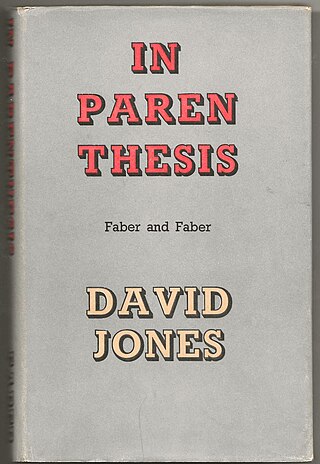
In Parenthesis is a work of literature by David Jones first published in England in 1937. Although Jones had been known solely as an engraver and painter prior to its publication, the book won the Hawthornden Prize and the admiration of writers such as W. B. Yeats and T. S. Eliot. Based on Jones's own experience as an infantryman in the First World War, In Parenthesis narrates the experiences of English private John Ball in a mixed English-Welsh regiment, starting with embarkation from England and ending seven months later with the assault on Mametz Wood during the Battle of the Somme. The work employs a mixture of lyrical verse and prose, is highly allusive, and ranges in tone from formal to Cockney colloquial and military slang.
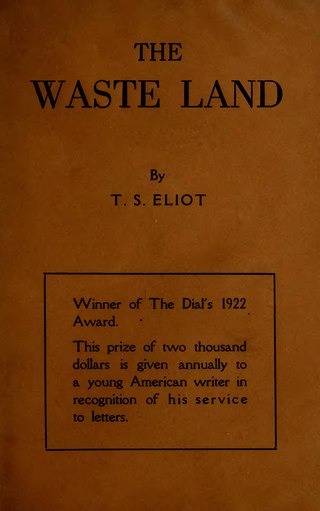
The Waste Land is a poem by T. S. Eliot, widely regarded as one of the most important English-language poems of the 20th century and a central work of modernist poetry. Published in 1922, the 434-line poem first appeared in the United Kingdom in the October issue of Eliot's magazine The Criterion and in the United States in the November issue of The Dial. Among its famous phrases are "April is the cruellest month", "I will show you fear in a handful of dust", and "These fragments I have shored against my ruins".
"Preludes" is a poem by T. S. Eliot, composed between 1910 and 1911. It is in turns literal and impressionistic, exploring the sordid and solitary existences of the spiritually moiled as they play out against the backdrop of the drab modern city. In essence, it is four poems rather than one, and it is duly labelled as such. Preludes comes to just 54 lines and its four parts are uneven, irregular and written in free verse symptomatic of the speaker's stream of consciousness. Part I is thirteen lines, part II ten, part III fifteen and part IV sixteen.

The T. S. Eliot bibliography contains a list of works by T. S. Eliot.

Yehuda Vizan is an Israeli poet, editor, translator and critic. Vizan is the editor and founder of Dehak - A Magazine For Good Literature.













